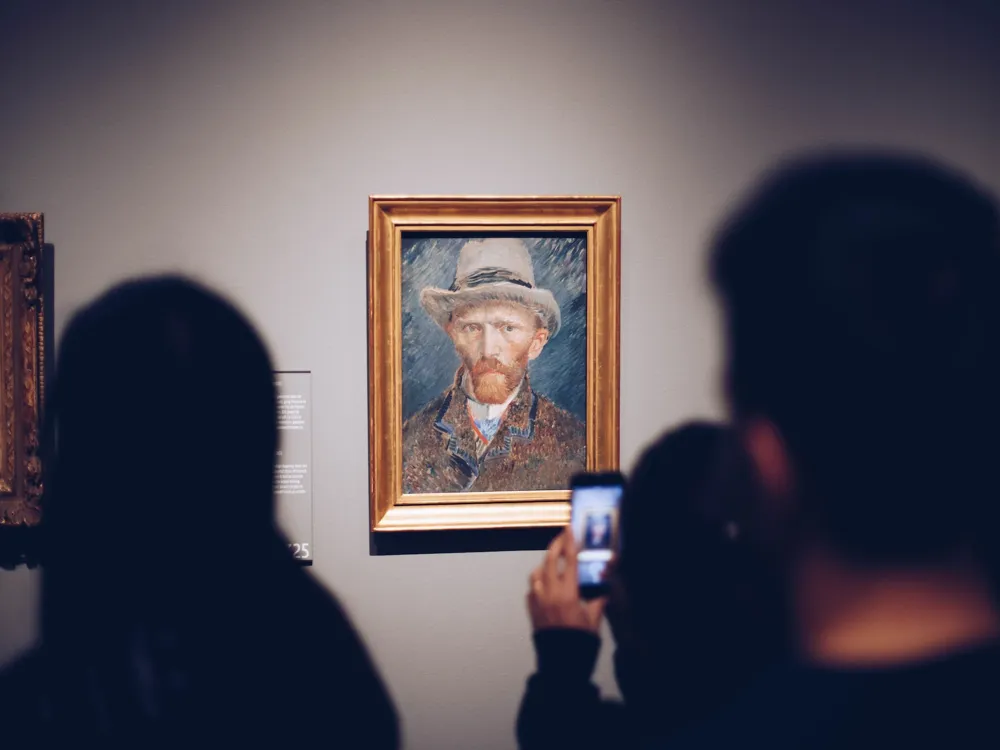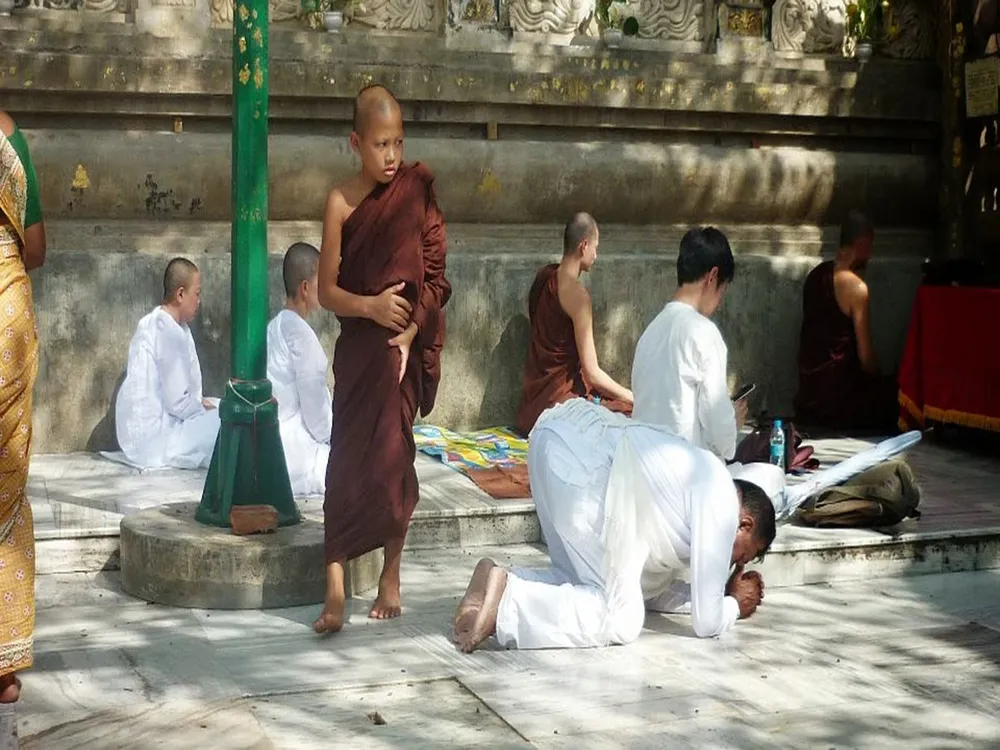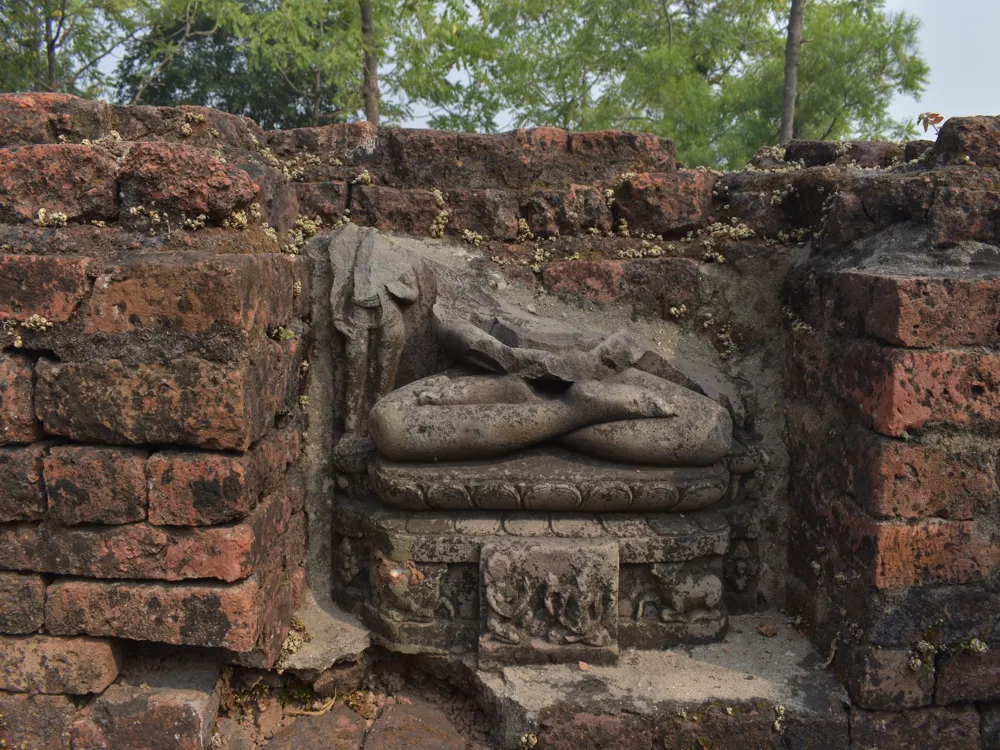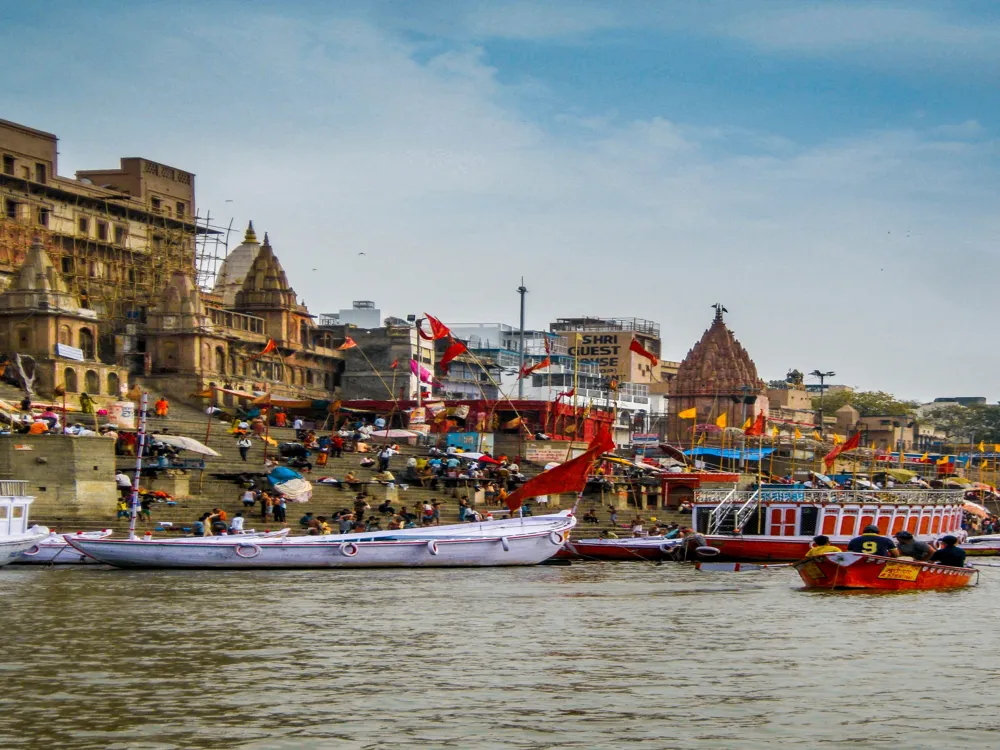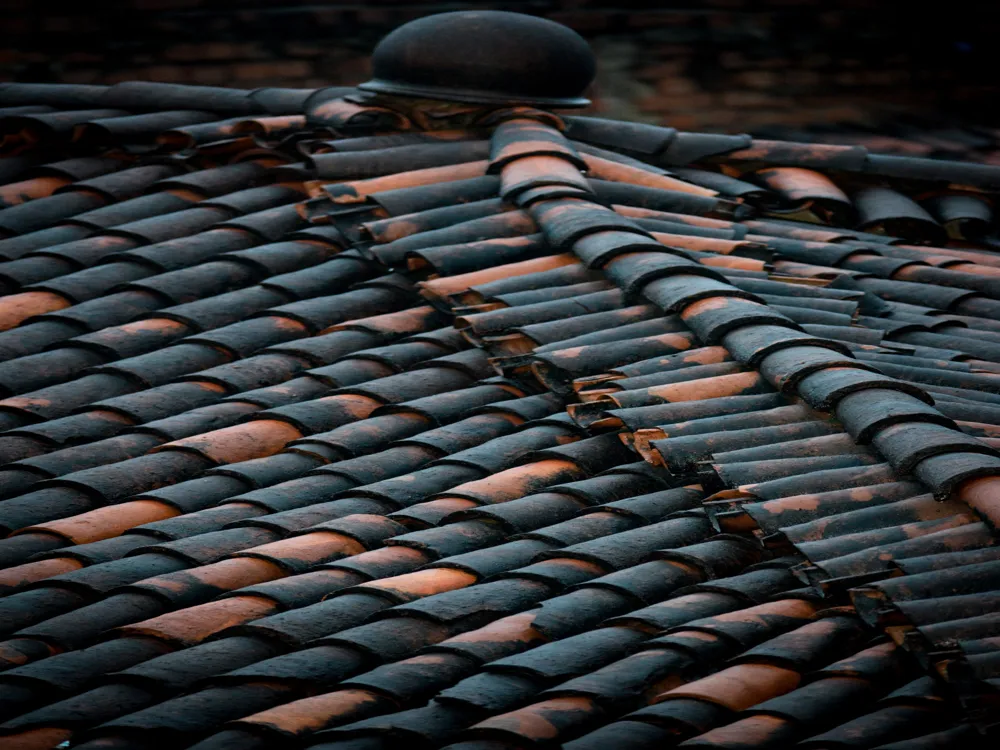The Nalanda Archaeological Museum, situated in the historical region of Nalanda, Bihar, is a beacon of ancient knowledge and cultural heritage. This museum, established in 1917, stands near the ruins of the ancient Nalanda University, which was a center of learning from the 5th to 12th centuries CE. The museum's proximity to these ruins provides a unique and authentic context for its exhibits. The museum showcases a plethora of artifacts unearthed from the Nalanda site and its vicinity, offering a glimpse into the rich academic and spiritual life that once thrived here. The collection includes Buddhist and Hindu bronzes, terracotta jars, stone inscriptions, coins, and miniature pots that date back to the Gupta and Pala periods. Notably, the museum houses a significant collection of Buddhist stucco sculptures and images of the Buddha in various poses, illustrating the artistic excellence of the period. The museum also contains a gallery dedicated to Hiuen Tsang, the Chinese traveler and scholar, who spent several years at Nalanda University in the 7th century. His detailed accounts provide valuable insights into the life and studies at this ancient center of learning. The museum serves as a testament to the region's historical significance, drawing visitors and scholars from around the world. It plays a crucial role in preserving and showcasing the legacy of Nalanda University, which was not only an educational hub but also a melting pot of cultures and ideologies. The museum, through its extensive collections, provides a tangible connection to India's ancient past and its scholarly traditions. The architecture of the Nalanda Archaeological Museum is a harmonious blend of modern design and traditional motifs, resonating with the ancient university's grandeur. The building's design reflects the architectural styles of the Gupta and Pala periods, evident in its detailed stonework and layout. The museum's structure, while contemporary in its amenities and facilities, pays homage to the ancient architectural principles that governed the original Nalanda University. The museum's façade is adorned with intricate carvings and motifs that echo the spiritual and educational themes of Nalanda. Inside, the museum is divided into several galleries, each dedicated to different aspects of life and culture during the Nalanda period. The display areas are designed to ensure the optimum preservation of the artifacts and provide an immersive experience for visitors. The use of natural light, coupled with modern lighting techniques, accentuates the beauty of the exhibits, allowing visitors to appreciate the intricacies of ancient craftsmanship. The museum's layout encourages a flow that takes visitors on a chronological journey through Nalanda's history. This thoughtful design not only enhances the visitor experience but also aids in understanding the historical context of the exhibits. The museum's architecture, therefore, is not just a shelter for the artifacts but an integral part of the narrative of Nalanda, blending the past and the present in a seamless narrative. Before visiting the Nalanda Archaeological Museum, it's advisable to plan your trip. Check the museum's opening hours and allocate sufficient time to explore its extensive collections. It's recommended to visit during the weekdays to avoid the weekend rush. While exploring the museum, it's important to maintain a respectful distance from the artifacts. Touching or tampering with the exhibits is strictly prohibited to ensure their preservation. To enhance your understanding of the exhibits, consider hiring a guide. Knowledgeable guides can provide in-depth information about the museum's collections and the history of Nalanda. Photography may be restricted in certain areas of the museum. Always check the museum's photography policy beforehand and adhere to any specific guidelines provided. After visiting the museum, take time to explore the nearby ruins of Nalanda University. The proximity of the museum to these ruins allows for a comprehensive understanding of the area's historical significance. Nalanda Archaeological Museum is accessible by various modes of transportation. The nearest airport is Patna Airport, approximately 90 kilometers away. From the airport, visitors can hire a taxi or take a bus to Nalanda. For those preferring to travel by train, the nearest railway station is Rajgir, about 12 kilometers from Nalanda. Regular bus services and taxis are available from Rajgir to Nalanda. Additionally, Nalanda is well-connected by road to major cities in Bihar and neighboring states, making it convenient for visitors to reach the museum by car or bus. Read More:Overview of Nalanda Archaeological Museum, Nalanda, Bihar
Architecture of Nalanda Archaeological Museum
Tips When Visiting Nalanda Archaeological Museum
Plan Your Visit
Respect the Artifacts
Hire a Guide
Photography Guidelines
Explore the Surroundings
How To Reach Nalanda Archaeological Museum
Nalanda Archaeological Museum
Nalanda
Bihar
NaN onwards
View nalanda Packages
Nalanda Travel Packages
View All Packages For Nalanda
Top Hotel Collections for Nalanda

Private Pool

Luxury Hotels

5-Star Hotels

Pet Friendly
Top Hotels Near Nalanda
Other Top Ranking Places In Nalanda
View All Places To Visit In nalanda
View nalanda Packages
Nalanda Travel Packages
View All Packages For Nalanda
Top Hotel Collections for Nalanda

Private Pool

Luxury Hotels

5-Star Hotels

Pet Friendly








